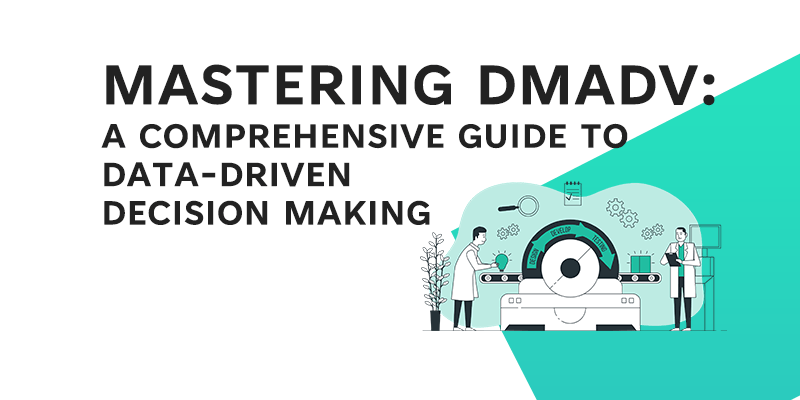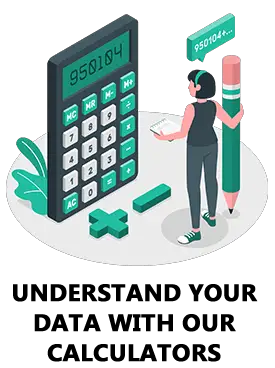To succeed at your goal first you must have a goal, or even better have a SMART goal. This is true whether it is a project goal or a personal goal. A clear and concise project goal is key to a good project definition and is usually stated within the project charter document. In this article, we will focus on how to define a SMART goal statement for your project to ensure you are setting an effective goal that will set you up for success.
What is a SMART goal statement?
SMART is now a well-known acronym used for goal setting. SMART stands for Specific, Measurable, Achievable, Realistic and Time-Bound. This Acronym helps to focus on what needs to be considered when writing a goal statement. By considering each of the letters in SMART and what they stand for you will be able to define an effective goal statement for your project.
Why do we need a goal statement?
The goal statement for your project is a key piece of information you need to present when communicating your project to the project sponsor, initiator or investor. This will form part of the basis for your request for funding or other resources such as equipment or staff available to support.
How to write a SMART goal statement
Specific
The goal should be outlined in a clear statement of precisely what is required, describing the result that is desired in a way that is, detailed, focused and well-defined.
Example: The project aims to reduce the process defect rates of the XYZ process.
Measurable
Measurement is hugely important because it will enable you to know whether an objective has been achieved. Therefore, include a measure to enable organisations to monitor progress and to know when the objective has been achieved
Example: The project aims to have a measurable reduction in defect rates of the XYZ process by 80%.
Achievable
An objective can be said to be achievable if the necessary resources are available or similar results have been achieved by others in similar circumstances. Design objectives to be challenging but ensure that failure is not built into objectives. Objectives should be agreed upon between the parties to ensure commitment to them.
Example: Considering the range of factors that could cause defects the project will focus on the top 80% of categories of defects.
Relevant
The people expected to complete the objective have the necessary authority or influence. Also, is the goal relevant to the organisation’s goals?
Example: The goal is in line with the organisation’s focus on reducing waste and improving customer satisfaction.
Time Bound
It is necessary to set a date or time by which the objective should have been accomplished or completed and this contributes to making objectives measurable. Therefore, agree on the date by which the outcome must be achieved.
Example: The project aims to reduce defect rates of the XYZ process by 80% by the 30th of November 2022
The overall project goal statement therefore could read:
“The aim of this project is to reduce the defect rates of the XYZ process by 80% by the 30th of November 2022 inline with the organisations focus on reducing process related waste and increasing right first time products to our customer, therefore, increasing customer satisfaction.”
Goal Statement top tips
A Goal Statement is all about communicating the future state your project will create
An effective statement:
- Is best kept short and clear using 1-4 sentences.
- Presents your idea in about 20-30 seconds.
- Describes what you are going to do in an active voice.
- Indicates the importance of the project to the business
- Specify estimated time-frames for accomplishing the project.
Conclusion
A project goal statement is key to setting out what the aim of the project is which can be used to communicate to the project team and stakeholders what the focus of the project is. The goal statement also supports justification to the project sponsor for the resources required to carry out the Project. The goal statement is communicated as a SMART target in 1 to 4 sentences that present the idea in 20 to 30 seconds as part of the project charter.
Whats next?
Now you understand how to write a goal statement, check out the next article in this Lean Six Sigma Yellow Belt series on Project Scoping with a SIPOC and learn how to effectively scope out your project.








